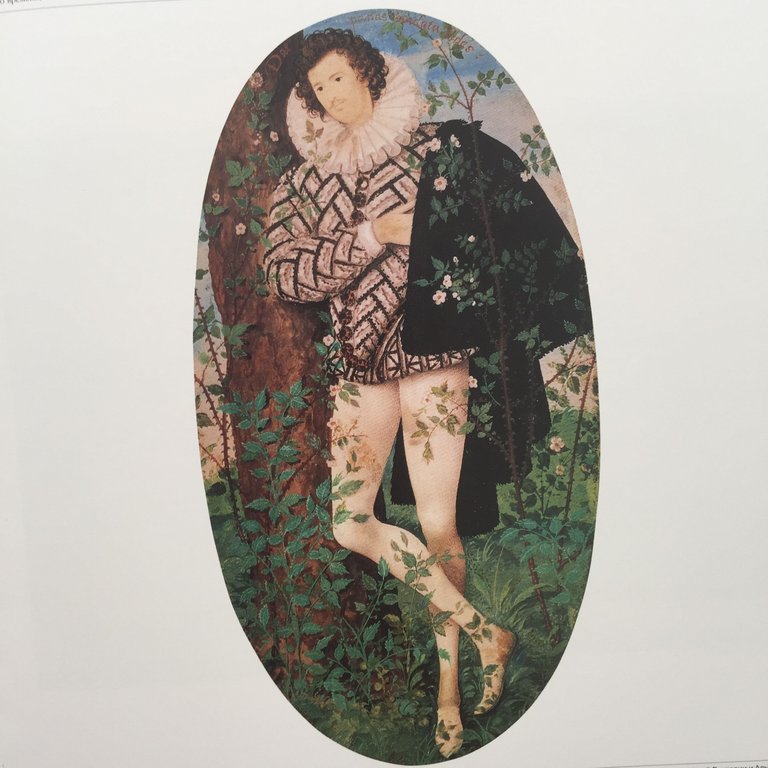English artist and art theorist, master of the Renaissance portrait miniature.
He was born into a jeweler's family. He studied with his father, and also (in 1562-1569) with the royal jeweler R. Brandon. The first true miniature artist of England Hilliard was self-taught.
It is not known who was his mentor in miniature painting, he himself writes that he tried to follow the manner of G. Holbein the Younger. Unlike the last, Hilliard wrote miniatures from nature, not using the preparatory drawing.
Becoming a court miniaturist Queen Elizabeth I (circa 1570), lived primarily in London.
In 1576-1578 he was in the service of the Duke of Alencon in France, having the opportunity to study the local pencil portrait and the art of the school of Fontainebleau.
He painted portraits on parchment and small pieces of paper (usually used as fragments of playing cards), avoiding dense light and shade modeling of volumes. His main expressive means were the gentle tones of watercolors and an exquisite manneristic drawing.
From the end of the 1580s, he increasingly represented the model in full growth, combining the principles of miniature and court painting. He supplemented his works with emblems and calligraphic mottos.
He and his student Isaac Oliver were leaders in the field of miniature portrait.
The style of the master was formed under the influence of Holbein and the traditions of medieval miniatures. Hilliard avoided chiaroscuro and worked mostly in a thin, exquisite form, using clean, gentle watercolor tones. By resorting to limited visual means, with a certain flatness of the image, he surprisingly accurately conveys a living similarity with nature. He sometimes quite a few drops of paint to reproduce the delicate lace collar or shining gem. Luxurious hairstyles of ladies are strewn with gold ornaments, magnificent suits are poured, like the outlandish plumage of paradise birds. The impression of the fine workmanship of the master-miniaturist was brilliantly conveyed by Shakespeare: "The artist, like a spider, has woven a golden thread - to catch hearts like gnats in a web."
Among his famous works - "Self-Portrait" (1577, Victoria and Albert Museum),
"Sir U.Raley" (circa 1585, National Portrait Gallery), "Young man among the rose bushes" (about 1588, the Victoria and Albert Museum), "Unknown against the background of a flame" (1580s, ibid.), "Elizaveta I in the image of Cynthia "(circa 1600, in the same place, all works in London)," Queen Elizabeth "(1572, National Gallery)," Portrait of Youth "(1588, Victoria and Albert Museum, London).
